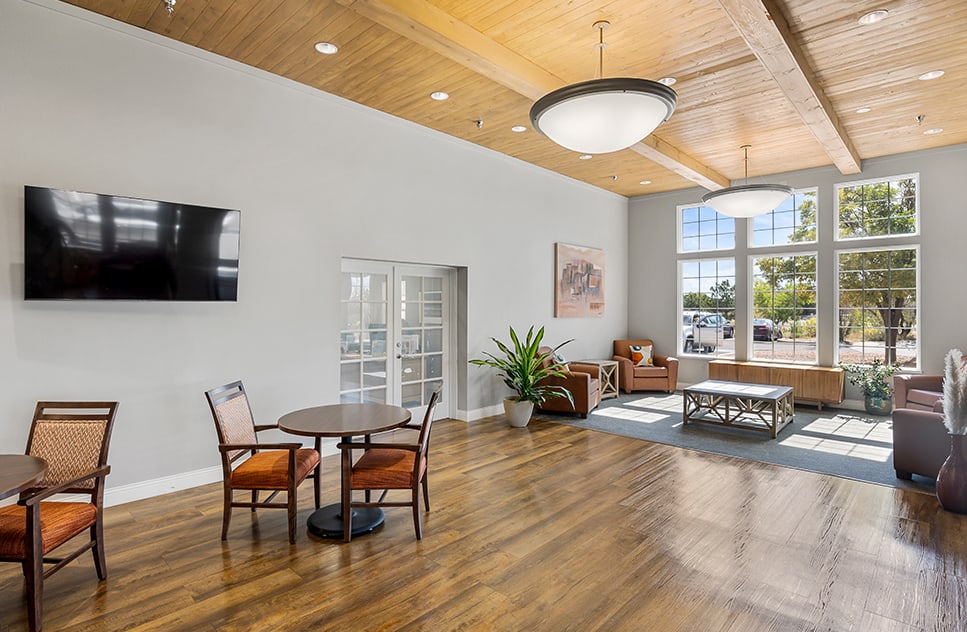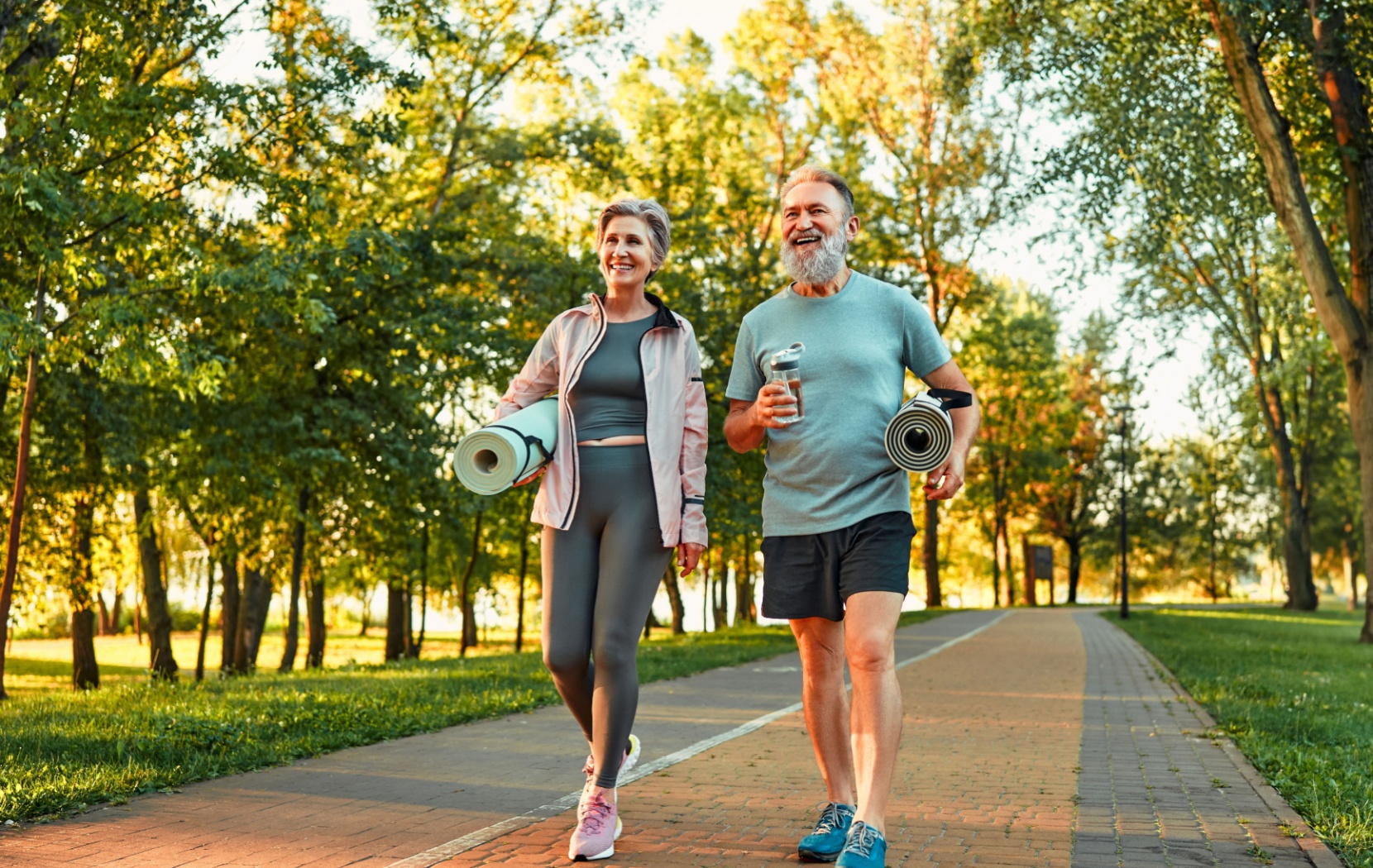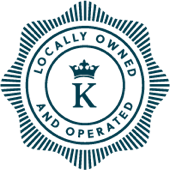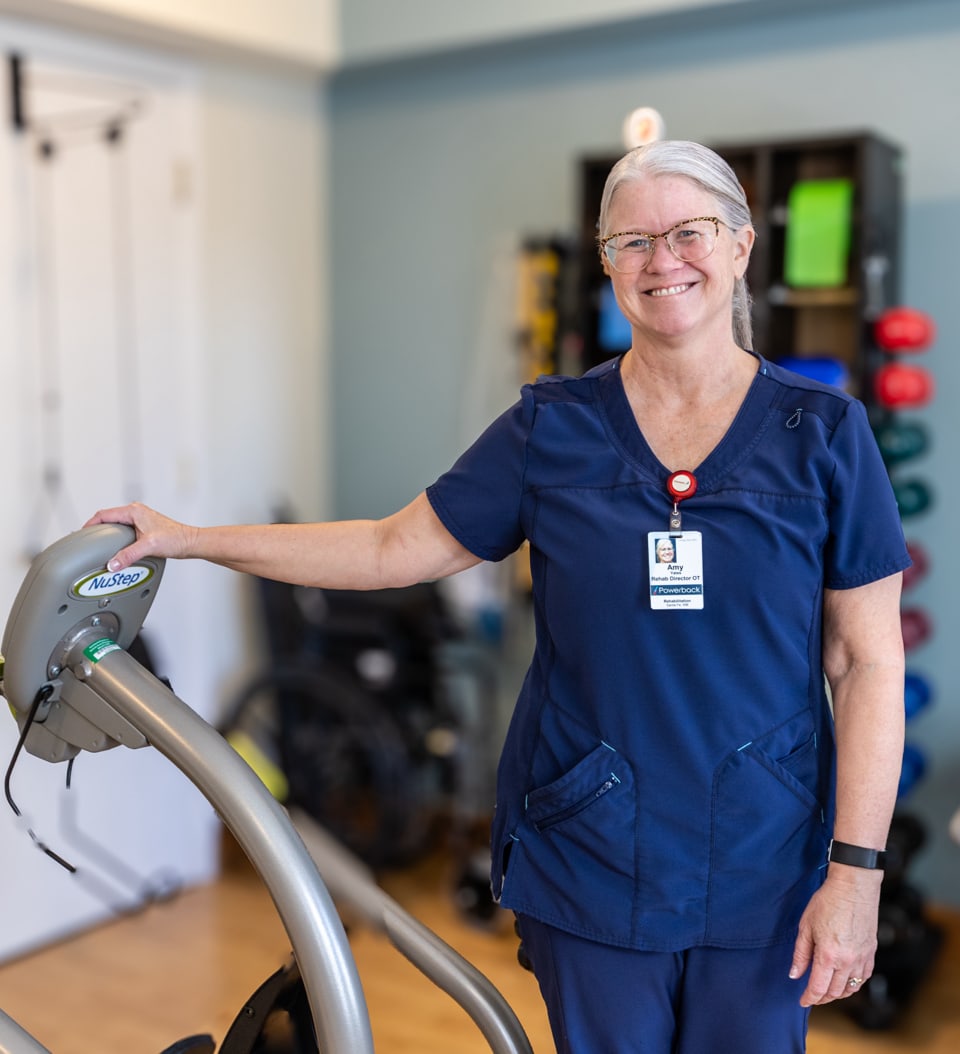Physical activity is an important component of seniors’ health and wellness. But how much exercise is the right amount for older adults? Seniors do a variety of exercises every week, including:
- 150 minutes of moderate aerobic activity.
- 75 minutes of high-intensity aerobic activity.
- 2 strength training sessions a week.
- 1 balance and stability session a week.
Older adults can look to a variety of activities to meet their physical activity needs, like group exercise classes, swimming, walking, and working with a personal trainer. Senior living community residents may also be able to take advantage of group classes offered in their community or use community amenities in their fitness journey.
Why Is Physical Activity Important for Older Adults?
Physical activity is essential for overall well-being at any age. For older adults, regular movement provides several unique benefits:
- Staying active helps older adults perform daily tasks, like grocery shopping or climbing stairs, allowing them to maintain their independence longer.
- Exercise strengthens muscles and improves balance, which reduces the likelihood of falls and injuries.
- Regular movement lowers the risk of chronic illnesses like heart disease, diabetes, and osteoporosis.
- Exercise promotes natural feel-good chemicals in the brain, helping to alleviate feelings of anxiety and depression.
How Much Physical Activity Do Older Adults Need?
The Centers for Disease Control and Prevention (CDC) recommends that older adults aim for:
- 150 minutes of moderate-intensity aerobic activity per week. This can be divided into five 30-minute sessions.
- 75 minutes of high-intensity activity per week, such as jogging or swimming.
- Muscle-strengthening activities at least two days a week.
- Balance and mobility exercises, especially for older adults at risk of falls.
Of course, individual health conditions and fitness levels may require adjustments to these recommendations. Even small amounts of activity are better than none and can make a big difference in health and mood.
Types of Physical Activity for Older Adults
Exercises need to be safe and appropriate for an individual’s abilities. Consulting with a healthcare provider or fitness professional can help create a personalized plan that factors in mobility, chronic conditions, and overall fitness levels.
Older adults benefit tremendously from a mix of exercise types that improve cardiovascular health, muscular strength, and flexibility. Here’s a breakdown of the major categories of activity:
High-Intensity Activities
These activities raise the heart rate, increase breathing, and involve more effort. Examples include:
- Jogging or running
- Swimming laps
- Hiking uphill
- High-energy aerobics classes
Vigorous exercise is best suited for older adults who are already active and in good health. For beginners, it’s wise to ease into these activities gradually.
Moderate-Intensity Activities
This level of activity gets the heart rate up and increases breathing, but still allows for conversation. Great examples include:
- Brisk walking around the neighborhood.
- Gardening chores like raking or pushing a lawnmower.
- Slow-paced swimming
- Recreational cycling
Moderate-intensity exercises are excellent starting points for older adults looking to build fitness and improve quality of life.
Muscle-Strengthening Exercises
Maintaining muscle strength is critical for older adults to retain independence and carry out day-to-day activities. Effective options include:
- Weightlifting with light dumbbells or resistance bands.
- Body-weight exercises, such as squats or push-ups.
- Functional activities, like carrying groceries or climbing stairs.
- Gardening tasks, such as digging or lifting pots.
Starting slow, with lighter weights or lower resistance, helps prevent injury and ease into a routine. Over time, older adults can strive for increased intensity.
Balance & Mobility Exercises
To prevent falls and foster confidence, balance-focused activities are key. These exercises also double as great warm-up or cool-down routines:
- Standing on one leg for stability.
- “Sit-to-stand” drills using a chair for support.
- Gentle yoga poses, such as Tree Pose.
- Walking backward or using a balance board.
Even incorporating these activities into daily life—like brushing teeth while standing on one foot—can significantly improve coordination.
Overcoming Barriers to Staying Active
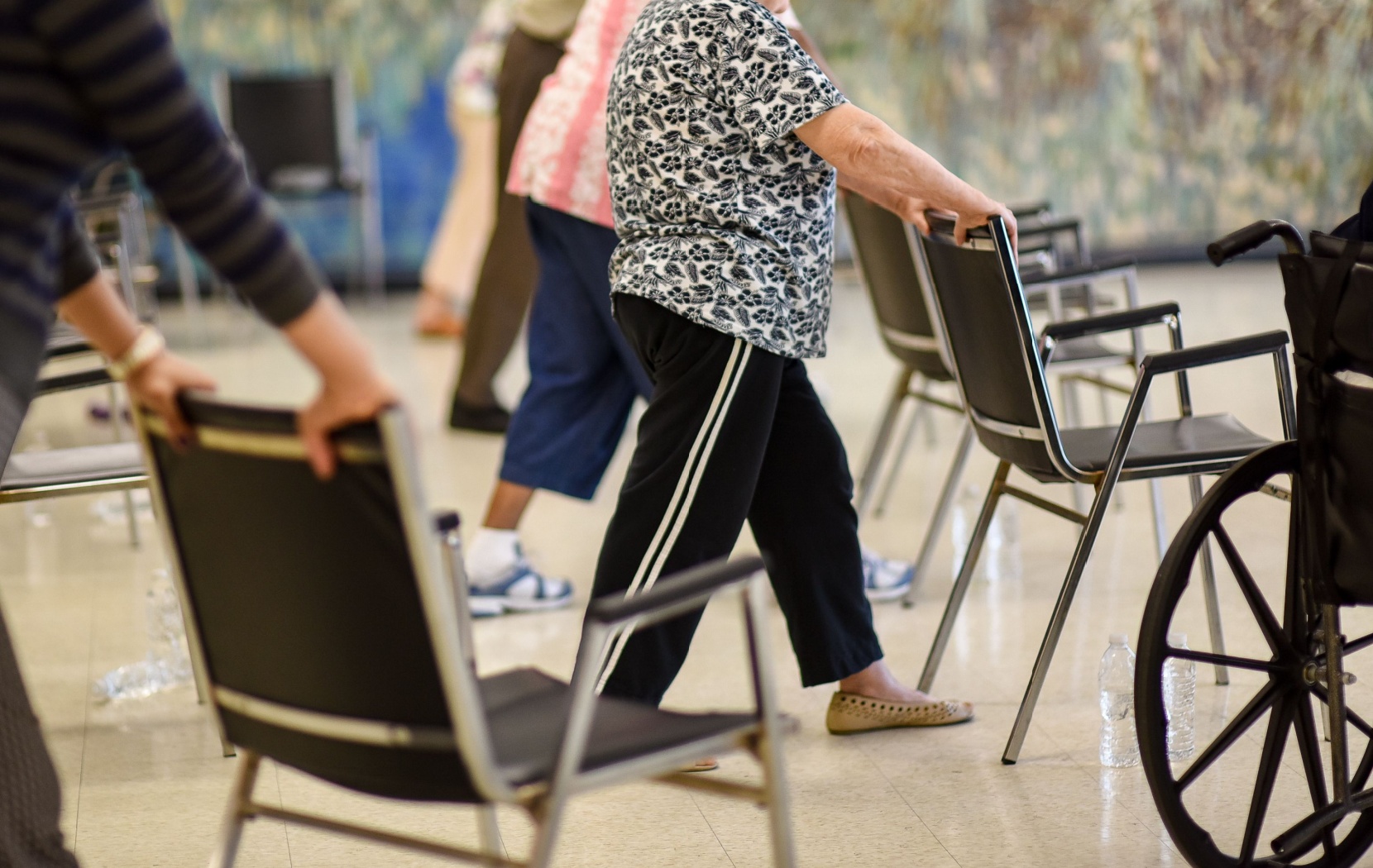
Many older adults face challenges when it comes to staying active. Common barriers include chronic health conditions, fatigue, fear of injury, and limited access to exercise facilities. Thankfully, there are simple ways to overcome these hurdles:
- Start small, as even light activities, such as short walks, offer benefits and pave the way for more movement.
- Find a buddy, join a friend, a family member, or a neighbor for accountability and encouragement.
- Choose activities that spark joy, whether that’s dancing, gardening, swimming, or something else entirely.
- Seek support, as caregivers and family members can provide motivation by participating in activities or offering encouragement.
By focusing on enjoyment and personalization, physical activity can feel less like a chore and more like a fulfilling part of daily life.
How Technology Can Help Older Adults Stay Active
Modern technology offers excellent tools for keeping older adults motivated and on track with their fitness goals. For example:
- Devices like Fitbit or Apple Watch can track steps, heart rate, and activity levels, offering real-time feedback and goals.
- Exercise apps can provide exercise routines tailored to older adults.
- Joining virtual fitness classes or senior-focused wellness forums can foster connection and accountability.
Technology offers convenience and accessibility, especially for older adults who prefer to exercise from the comfort of their own homes.
Physical Activity in Community Settings
Senior living communities provide a wealth of resources to help older adults stay active. From fully equipped fitness centers to group exercise classes and walking clubs, these communities often offer fun and engaging ways to stay fit.
What sets these communities apart is their focus on inclusivity—they design their programs to cater to a variety of abilities. This creates a welcoming environment where older adults feel motivated and supported.
Empowering Loved Ones to Stay Active
By encouraging loved ones to discover enjoyable exercise routines and offering them support, you can help them make movement a priority.
At Kingston Residence of Santa Fe, we prioritize our residents’ health, which is why we offer a variety of ways for residents to stay active and independent. Schedule a tour today to see if our community is the right fit for you or your loved one.
